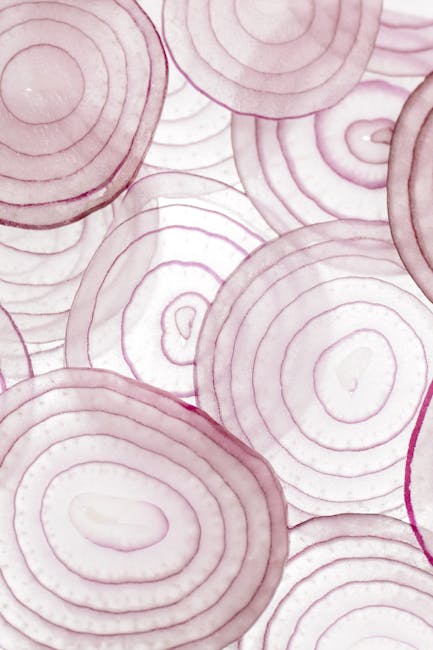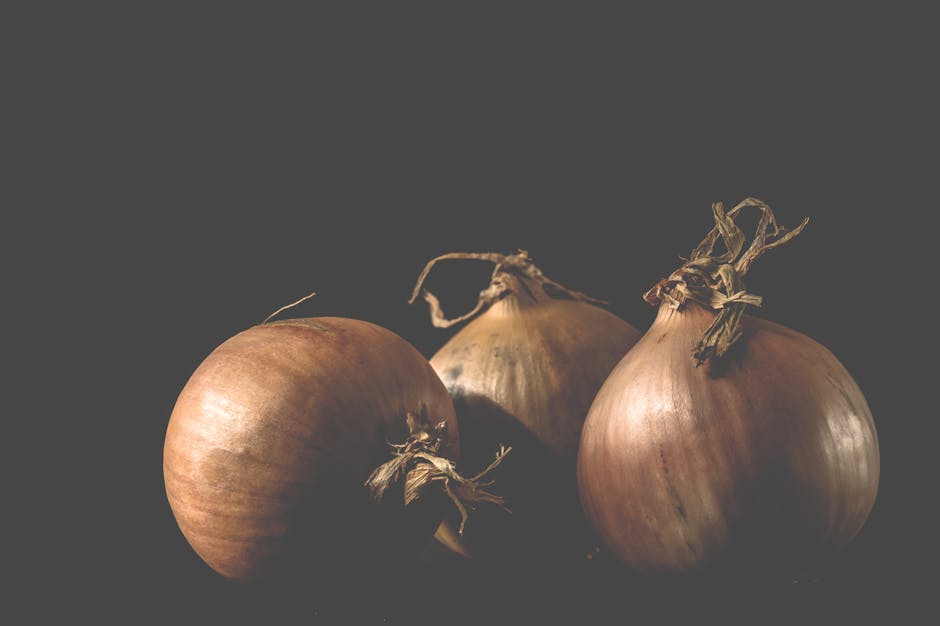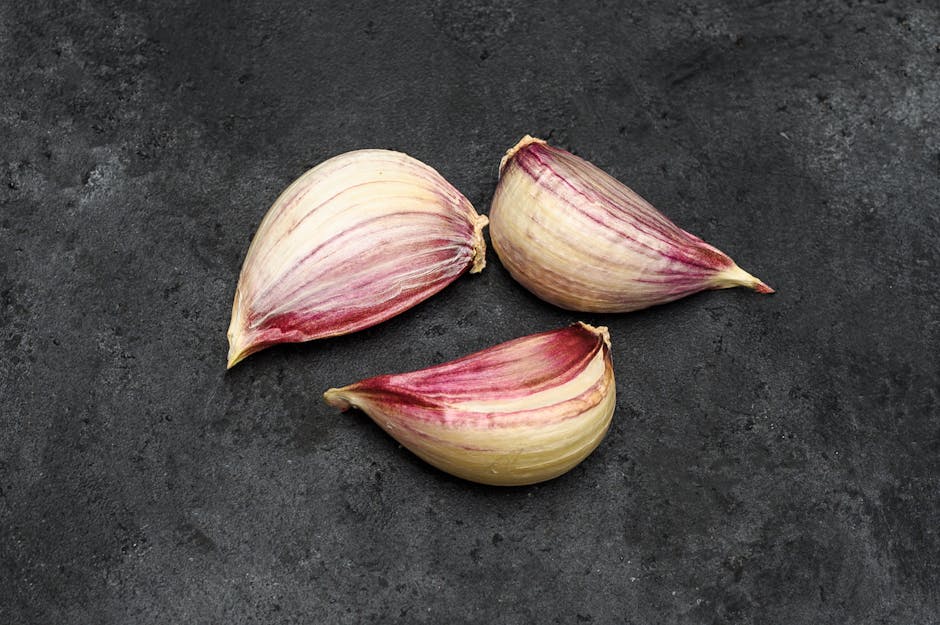Brighten Your Kitchen: The Ultimate Guide to Choosing the Perfect Bulb
Brighten Your Kitchen: The Ultimate Guide to Choosing the Perfect Bulb
The kitchen is the heart of the home, a space where culinary magic happens, family gathers, and memories are made. But a poorly lit kitchen can dampen the mood and hinder functionality. Choosing the right bulb is crucial for creating the perfect ambiance and ensuring a safe and efficient workspace. This comprehensive guide will explore everything you need to know about selecting the ideal kitchen bulb, from understanding different bulb types to considering your kitchen’s unique needs.
Understanding Bulb Types: A Kitchen Lighting Primer
The world of light bulbs can seem overwhelming, with a dizzying array of options. However, understanding the basics will simplify your decision-making process. Here’s a breakdown of common bulb types and their suitability for kitchen lighting:
Incandescent Bulbs: The Classic Choice
Incandescent bulbs are the traditional choice, offering warm, inviting light. They’re relatively inexpensive, but they are energy inefficient and have a short lifespan. While their warm glow is appealing in some settings, their energy consumption makes them less ideal for kitchens where lights are often left on for extended periods.
Halogen Bulbs: A Brighter, Longer-Lasting Incandescent
Halogen bulbs offer a brighter light output than incandescent bulbs and last longer, but they still consume significant energy compared to more energy-efficient alternatives. They produce a crisp, white light, which can be suitable for task lighting in the kitchen but might not be as warm and inviting for overall ambience.
Fluorescent Bulbs: Energy Efficiency at Its Best
Fluorescent bulbs are known for their energy efficiency, lasting significantly longer than incandescent and halogen bulbs. They come in various color temperatures, allowing you to choose a light that suits your kitchen’s aesthetic. However, some find their light to be somewhat harsh and less inviting than the warm glow of incandescent bulbs. Compact fluorescent lamps (CFLs) are a common type used in kitchens, though they contain mercury and require proper disposal.
LED Bulbs: The Future of Kitchen Lighting
LED (Light Emitting Diode) bulbs are currently the most energy-efficient option available. They boast a long lifespan, lasting many years before needing replacement. LEDs come in a vast range of color temperatures and styles, offering unmatched versatility for kitchen lighting. They are also available in various shapes and sizes to suit different fixtures. Their low heat output also contributes to a safer kitchen environment.
Choosing the Right Color Temperature for Your Kitchen
Color temperature is measured in Kelvin (K), with lower Kelvin values indicating warmer light and higher values indicating cooler light. The ideal color temperature for your kitchen depends on your personal preference and the overall ambiance you want to create.
- Warm White (2700-3000K): This creates a cozy and inviting atmosphere, ideal for dining areas or casual gatherings.
- Neutral White (3500-4100K): This is a versatile option suitable for most kitchens, providing a balanced blend of warmth and brightness.
- Cool White (5000-6500K): This produces a bright, almost daylight-like effect, perfect for task lighting and areas requiring high visibility, such as food preparation zones.
Considering Your Kitchen’s Lighting Needs
Effective kitchen lighting typically involves a layered approach, combining ambient, task, and accent lighting. Consider the following factors when planning your kitchen’s lighting:
Ambient Lighting: Setting the Mood
Ambient lighting provides overall illumination for the kitchen. Recessed lighting, chandeliers, or pendant lights are common choices for ambient lighting. Choose bulbs with a color temperature that complements your kitchen’s style and creates the desired atmosphere.
Task Lighting: Illuminating Work Areas
Task lighting focuses light on specific areas where you perform tasks, such as the countertop, sink, or stovetop. Under-cabinet lighting, pendant lights over islands, or adjustable spotlights are excellent options for task lighting. Brighter bulbs with a higher color temperature are generally preferred for task lighting.

Accent Lighting: Showcasing Features
Accent lighting highlights specific features or design elements in your kitchen, such as artwork, cabinetry, or backsplashes. Track lighting, spotlights, or LED strip lights are excellent choices for accent lighting. The color temperature of accent lighting should complement the overall lighting scheme.
Smart Bulbs: Enhancing Kitchen Convenience
Smart bulbs offer added convenience and control over your kitchen lighting. They can be controlled remotely via a smartphone app, allowing you to adjust brightness, color temperature, and even schedule lighting based on your routines. Smart bulbs can also integrate with other smart home devices, creating a seamless and automated lighting system.
Energy Efficiency and Cost Savings
Choosing energy-efficient bulbs like LEDs can significantly reduce your energy bills and minimize your environmental impact. While the initial cost of LED bulbs might be higher, their long lifespan and low energy consumption quickly offset the initial investment. Look for bulbs with high lumens per watt (lm/W) to maximize energy efficiency.
Safety Considerations
Always handle bulbs carefully to avoid breakage and potential injury. Never touch the glass part of a hot bulb. Dispose of old bulbs properly, following any specific instructions for hazardous materials like mercury in CFLs. When working with electrical wiring, always ensure the power is switched off.
Finding the Perfect Bulb for Your Kitchen Style
The style of your kitchen should influence your bulb choices. A modern kitchen might suit sleek, minimalist LED bulbs, while a traditional kitchen might benefit from the warm glow of incandescent or halogen bulbs. Consider the overall aesthetic of your kitchen and choose bulbs that complement it.
Maintaining Your Kitchen Lighting
Regularly check your bulbs to ensure they are functioning correctly. Replace any burnt-out bulbs promptly to maintain consistent lighting. Clean your light fixtures periodically to prevent dust buildup from affecting light output.

Conclusion: Illuminate Your Culinary Dreams
Choosing the right bulb for your kitchen is crucial for creating a functional, inviting, and stylish space. By understanding the different bulb types, considering your kitchen’s lighting needs, and making informed choices based on color temperature and energy efficiency, you can transform your kitchen into a bright and beautiful heart of the home.





